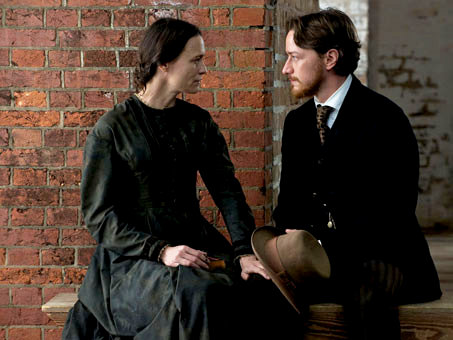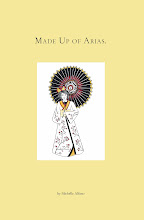 |
| Lily Bart assumed the role of Mrs. Lloyd in the painting "Mrs. Richard Bennett Lloyd" (1775) by Joshua Reynolds (pictured above) in the tableaux scene described in The House of Mirth. |
Lily Bart... Perhaps of all the heroines that I have read about and dreamed about, she is the one whom I most identify with. I realize that this is a horrifying admission considering Lily's fate but still she strikes a deep chord within me.
And I had a strange thought the other day. Why am I so mesmerized by the antics of the very rich in New York...I am as fascinated by Edith Wharton's world in the late 19th c. as I am by today's Gossip Girl one hundred years later, traveling the same streets of Manhattan, attending debutante balls, inter-marrying amongst the great clans of New York.
Wharton, brave, gifted and without peer during her time, was a sort of precursor to the Gossip Girl of today.
Gossip Girl, for the uninitiated, is a mysteriously "omniscient yet unseen" blogger on the popular TV series, who writes a kiss and tell blog on the young, rich and foolish who inhabit the Upper East Side of New York. We only know her through her sexy voice overs (Kristen Bell) as she oversees the antics of a group of oversexed, over-privileged teenagers (now young adults).
Stay with me. Think of it.
Wharton was a keen observer of the Manhattan elite in the late 19th and early 20th c. Born Edith Jones, she belonged to the eminently rich Jones family of whom the phrase "Keeping up with the Joneses" was said to be the inspiration. She belonged to the upper crust and knew where all the dirty laundry was hidden and had no fears about revealing its whereabouts.
Gossip Girl is a mysterious figure whose identity is unknown but who must be, if not rich, then have exclusive access to the foibles of the rich and frivolous on whom she mercilessly comments and reveals their secret travails via texts to a wide and ever growing circle of delighted young New Yorkers via their cellphones.
Wharton specialized in a particular kind of "fallen" feminine ideal - the girl or woman who operates outside the rules of high society and is, or is nearly to a greater or lesser degree, crushed by its approbation (Lily Bart in The House of Mirth, Countess Ellen Olenska in The Age of Innocence, Undine Spragg in The Custom of the Country, and in more humbler circumstances Mattie in Ethan Frome). I cannot help but think that she looked upon the fate of the women she lived amongst and used their personal histories to tell her own stories.
The Gossip Girl series focuses primarily on the beautiful Serena Van Der Woodsen (Blake Lively), "It girl" and Manhattan socialite who has struggled with drug addiction, bad boyfriends, promiscuity, daddy issues, falling in love with her step-brother (before he became her step-brother) and a host of other travails all before reaching college age. Her friends Blair, Chuck, Nate, Dan and Jenny similarly cavort, commingle and connive into each other's beds.
Wharton struggled with a bad marriage to Edward (Teddy) Robbins Wharton, an unstable if kindly husband, to whom she was tied to for decades until she finally divorced him in 1913. She knew about keeping up appearances beneath a beautiful veneer and the pressures of conforming to society's idea of what a dutiful girl and woman should be. She knew about struggling with mental illness and aberrant behavior that was impossible to discuss with family and friends for fear of the secret spreading and jeopardizing the fate and finances of your family.
She knew the sleazy games that were played by high society to keep up the appearances of wealth, of stability and marriageability for young women and the sacrifices that women had to make for security.
But the main difference in these two worlds separated by a mere century is this: in Wharton's world, failure to conform leads women to isolation (Undine Spragg), ostracization (Ellen Olenska), disablement (Mattie) and possibly death (Lily Bart). In Gossip Girl's world it pretty much leads to page six and TMZ.























